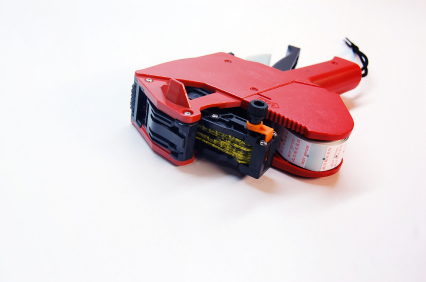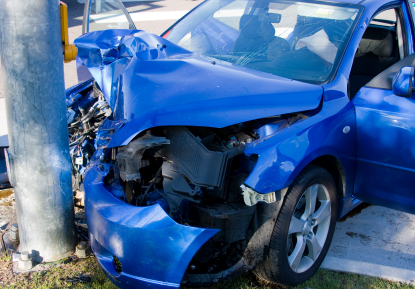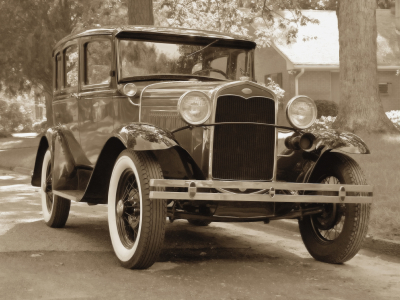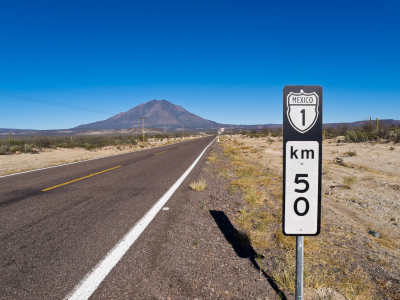Can You Really Name Your Own Price at Progressive?
How Progressive’s “name your own price” auto insurance options work, what they don’t do, and why agents and companies charge what they have to anyway.
Recently Progressive launched an ad campaign proclaiming you can name your own price on car insurance. Sounds like a great deal. Now you can buy auto insurance coverage based on your budget rather than by having to sort through confusing liability limits and deductibles, right?
Well, sort of…but not entirely.
How Name Your Own Price Works
Like accident forgiveness, the choose your price feature is primarily a marketing tool. There’s really not anything new about it other than presentation.
When using the feature, which according to Progressive itself is available in “most states” (read: not all states), the company actually has you quote your coverage the old fashioned way first. That is, you provide them with your vehicle information, driving history and desired coverage levels.
After that they give you a premium quote but let you adjust the price. Of course, adjusting the price has an impact on the coverage. For example, if Progressive (or anyone else, for that matter) offers you a 50/100/50 liability only policy for $50/month, it’s still $50/month regardless of the marketing. If you want a policy for $40/month, you’ll get it at lower liability limits.
In short, it’s really little more than a new way to accomplish a very old insurance sales tactic. Agents adjust coverages to fit into their clients’ budgets all the time in the exact same way. Given that the first auto insurance policy was sold in 1897, we figure the practice dates to, oh, 1898 or so. You can “choose” your price anywhere in this manner; it’s just that Progressive found a new way to package it.
When You Can’t Name Your Own Price
Choosing your price doesn’t mean you can just go down to your local insurance agent and get some arbitrary discount. Insurance agents can’t do that. They have to use the approved prices and discounts given to them by the insurance company for a particular driver, vehicle and coverage level.
What’s more, the agent can’t offer you a lower price and offer to make up the difference, even as a charitable contribution. This practice is called “rebating,” and it’s illegal. Agents can lose their license doing this, therefore no reputable agent will do it.
States Help “Name” Your Price Too
Agents can’t just charge what they want for car insurance. In many ways, neither can insurance companies. States require insurance companies to hold a certain amount of money in reserves for claims at any given time. Even for small carriers, this is a substantial amount, easily in the tens of millions of dollars. When an insurance company fails and is taken over by the state, a process called “receivership,” chances are problems with this are a primary reason for it.
To that end, states require insurance companies to charge rates that allow them to sustain these cash reserves. The insurance rates a company charges must also be approved by a state’s insurance commission. Any available insurance discounts are factored into this beforehand. Yes, this means that rates can (and are) different from state to state even within the same insurance company, all other things equal.





